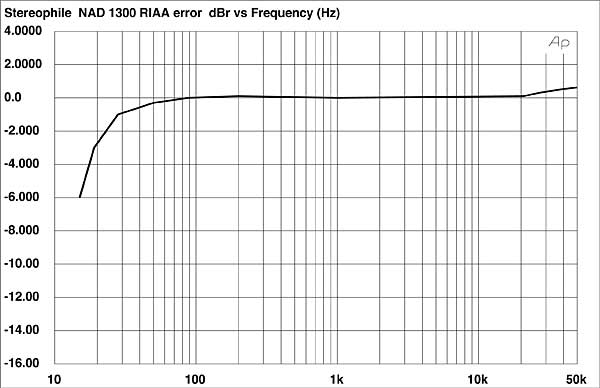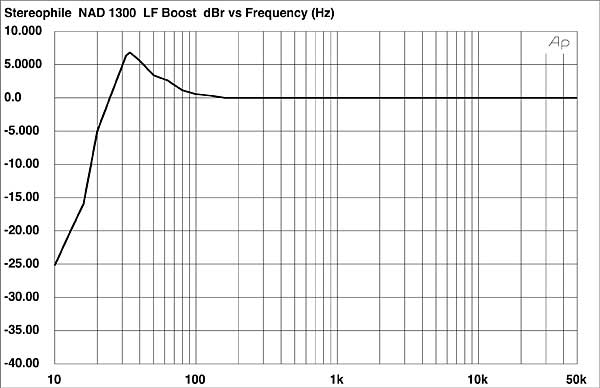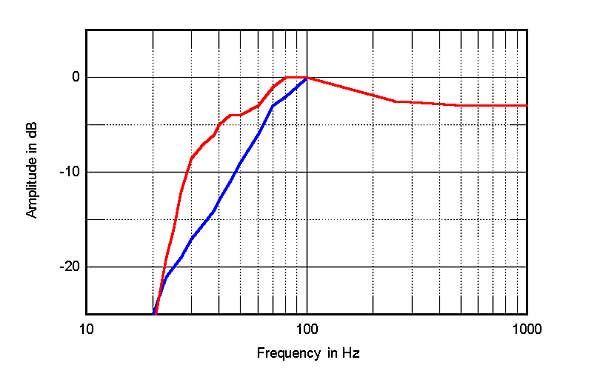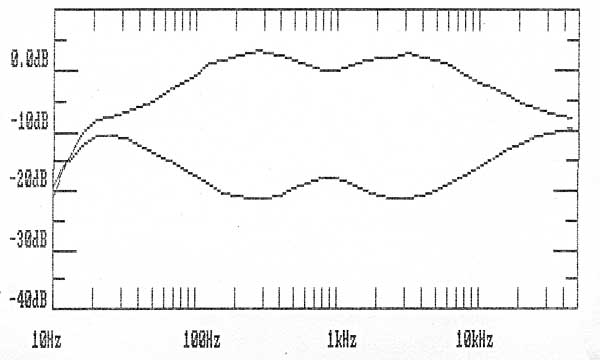| Columns Retired Columns & Blogs |
... generally a fine design.
NwAvGuy has shown that the performance of the JRC op-amps is essentially blameless.
However, depending upon which functions are in use, there may be about a dozen electrolytic capacitors in the signal path.
These should be either replaced or bypassed with film type capacitors per the Jung/Marsh "Picking capacitors" articles.
Likewise, the op-amps would benefit from having larger value local bypass capacitors added in parallel with the smaller value ceramic disc capacitors already in place.









































